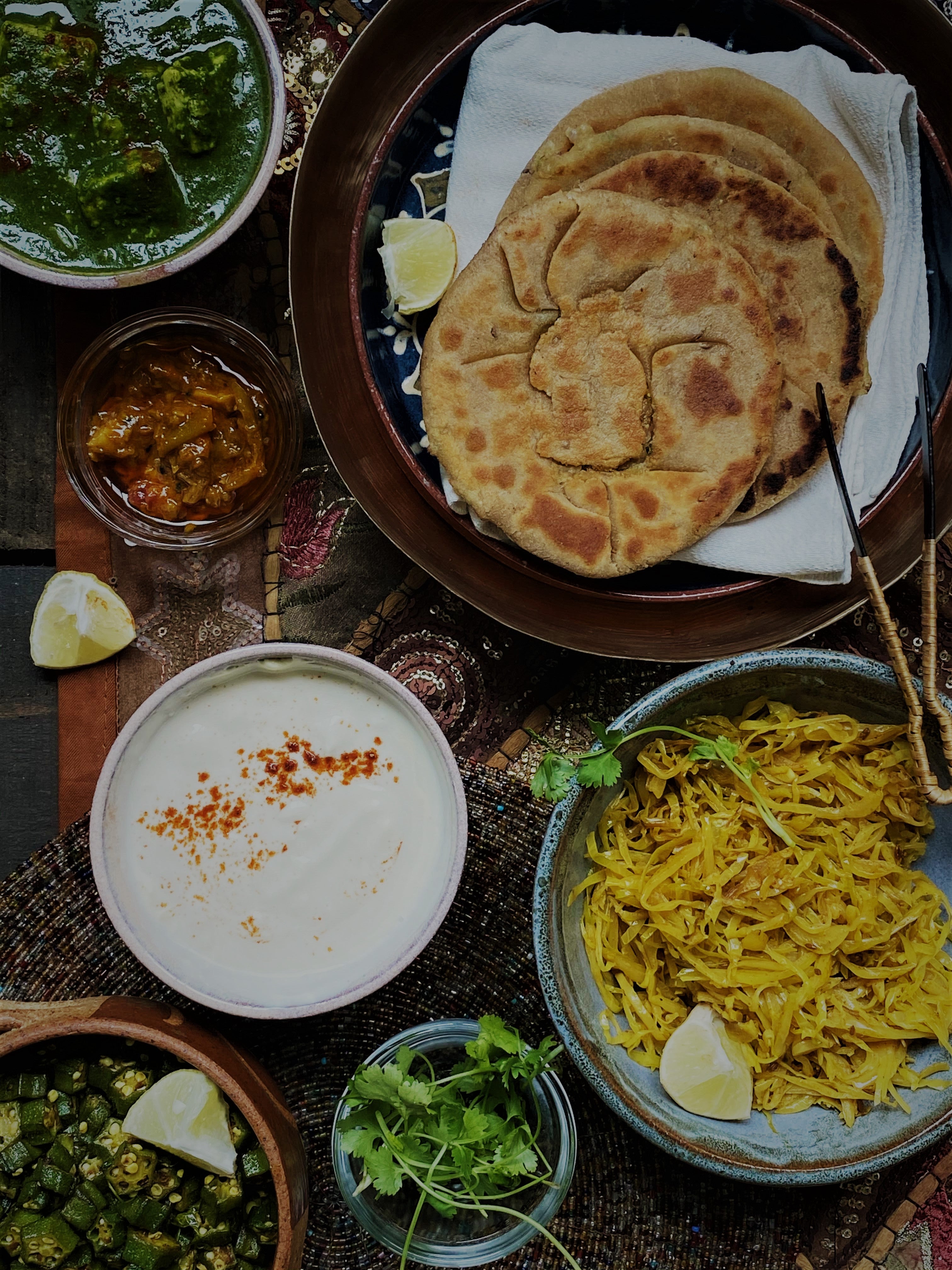They watched as bottles with fancy labels and shapes were stacked. They listened about health and nutrition facts and how the Indian diet consisted of unhealthy ingredients - ghee being one of them.
They tasted the ‘healthier’ oils and ate quietly so as to not make a fuss with the more learned generation of nutritionists and wellness experts. The heavy stone grinders were put away for electric equipment which helped churn out a meal in record time.

Life went on… health didn’t seem to change for the better as people thought it would. The elders continued to watch; more new information came from the best nutritionist in the world. "There is a lot more to the Indian diet than we may think” was the thought process which began to form and take root in the minds of the global food community.
Questions came pouring forth. "What is desi ghee?” “What really is A2 milk?” They watched as the small bottle of ghee came back along with numerous instructions of how best it can be absorbed into the body.
New studies had revealed that while Indians maybe predisposed to high cholesterol levels, the blame is on the sedentary lifestyle and the constant intake of all kinds of fatty foods regardless of the seasons and not necessarily due to the consumption of ghee.
An example to highlight this would be; eating fried fritters, chips, Indian desserts as well as cakes, pastries and refined foods during the course of the day.
In addition to this, would be the 3 full meals eaten at home, of which ghee would maybe account for 1-2 tablespoon per day. All of this with no form of organized exercise or active lifestyle but travelling in vehicles, remote controls for everything, work stress in the urban environment, less sleep due to constant stimulation from gadgets… With so much going wrong how can the increase in cholesterol only be the result of adding ghee to the meal?
Ghee is high in saturated fats. But when had in moderation with rice and lentils in the traditional way, ghee is used up when burning energy. Desi ghee has a protein which can be easily absorbed and assimilated in the body. It is responsible for gut health as well as in building immunity.
In fact in a video highlighting Ghee, Luke Coutinho spoke about mixing ghee, turmeric and black pepper and having small amounts each day to nourish the body.
The elders watched silently because they did not know the scientific theories behind the usage of ghee. It just went from one generation to the next before the educated urban Indian began to follow food theories from the West.
Ghee is being advocated on a global platform now.

Ayurveda has always rubbished the notion of ghee being responsible for high cholesterol or heart ailments.
The key here is moderation of consumption and a combination with the right foods which balance out the nutritional benefits.
Children who are active can be given a little more ghee than adults. As one gets older the proportion of ghee intake must be to the kind of lifestyle led. Too much of ghee will dampen the digestive system and cause it to become sluggish.
The best way for Indians to decrease bad cholesterol is by leading a fit lifestyle and eating foods in tune with the seasons. When the ghee is made from fermented butter of the desi cow milk as is traditionally done, it is indeed a superfood.
References
- https://timesofindia.indiatimes.com/amp39gheeamp39-and-its-many-benefits/articleshow/10979319.cms
- https://ayurcentralonline.com/en/blogs/463_AYURVEDA-BELIEVES-GHEE-DOES-NOT-RAISE-CHOLEST.html
- https://www.ncbi.nlm.nih.gov/pmc/articles/PMC3215354/










